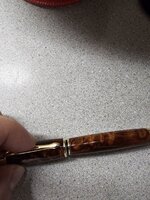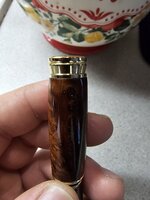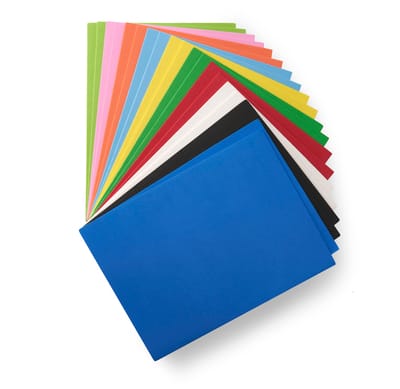This is exactly why I stopped using liquid polish after MicroMesh on my blanks. Even the tiniest pinhole in the finish causes those blasted white dots. I had a heck of a time getting them out for repair. On a few, I used a set of wood colored touchup pens - kind of like Sharpie markers made in various wood tones in order to draw in grain on wood filler and to touch up scratches, etc. and just dabbed the tip on the white dot to make it blend in with the wood.
What ultimately solved it for me was to stop using liquid polish and switch over buffing. I started out with one of PSI's buffing systems and soon thereafter bought a Rikon Slow Speed Buffer. I use a tightly sewn cotton wheel with PSI's blue buffing rouge first, followed by a loosely sewn flannel wheel for the final polish. (I am so lazy it was driving me crazy to set up the PSI buffer on my lathe every time I wanted to use it - thus the stand alone Rikon buffer).
What I have found with my current finishing regimen and materials I can often skip the buffing step all together as I find the glossy finish left behind by the final MicroMesh acceptable. And, oh yes, no more white dots!
Here is the setup I use.
Regards,
Dave
PS I hold the blanks at the buffer using my hand on one end and a tapered wooden stick/handle on the other end. I used to leave them on my mandrel and just hold it up to the wheels, but I hated the grey metal marks that got on the wheels. That doesn't happen with a wooden handle.
View attachment 356631



